
phase changing material
Phase change materials have garnered extensive interest in heat harvesting and utilization owing to their high energy storage density and isothermal phase transition. Nevertheless, inherent leakage problems and low heat storage efficiencies hinder their widespread utilization.
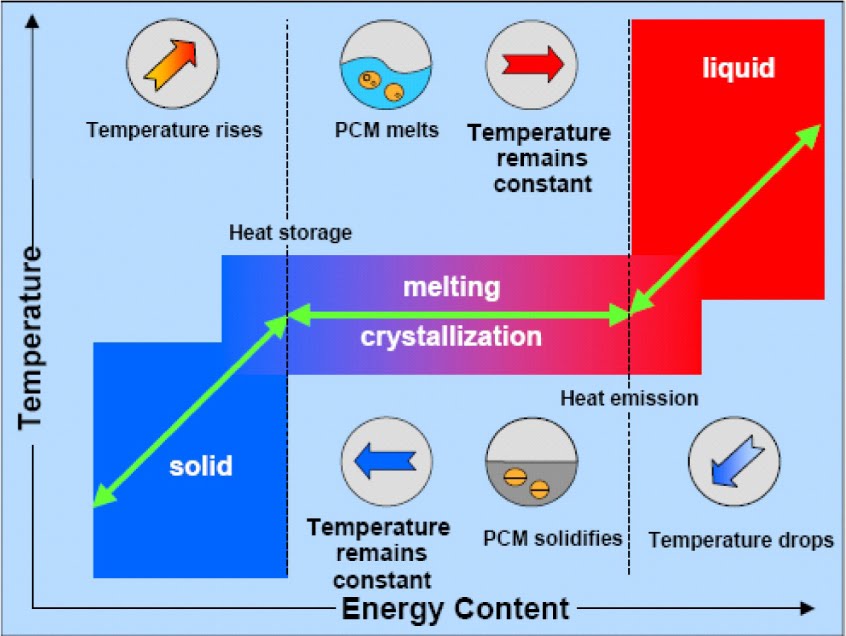
SUPER SUSTAINABLE PCM (Phase Changing Materials)
Type of TES is known as Phase Change Materials (PCMs) that is capable to utilize the latent heat absorbed or released during the phase change of the materials. PCMs can control the ambient temperature within a specific range corresponds to the PCMs' phase transition temperature. If the phase transition temperature of the material matches the.
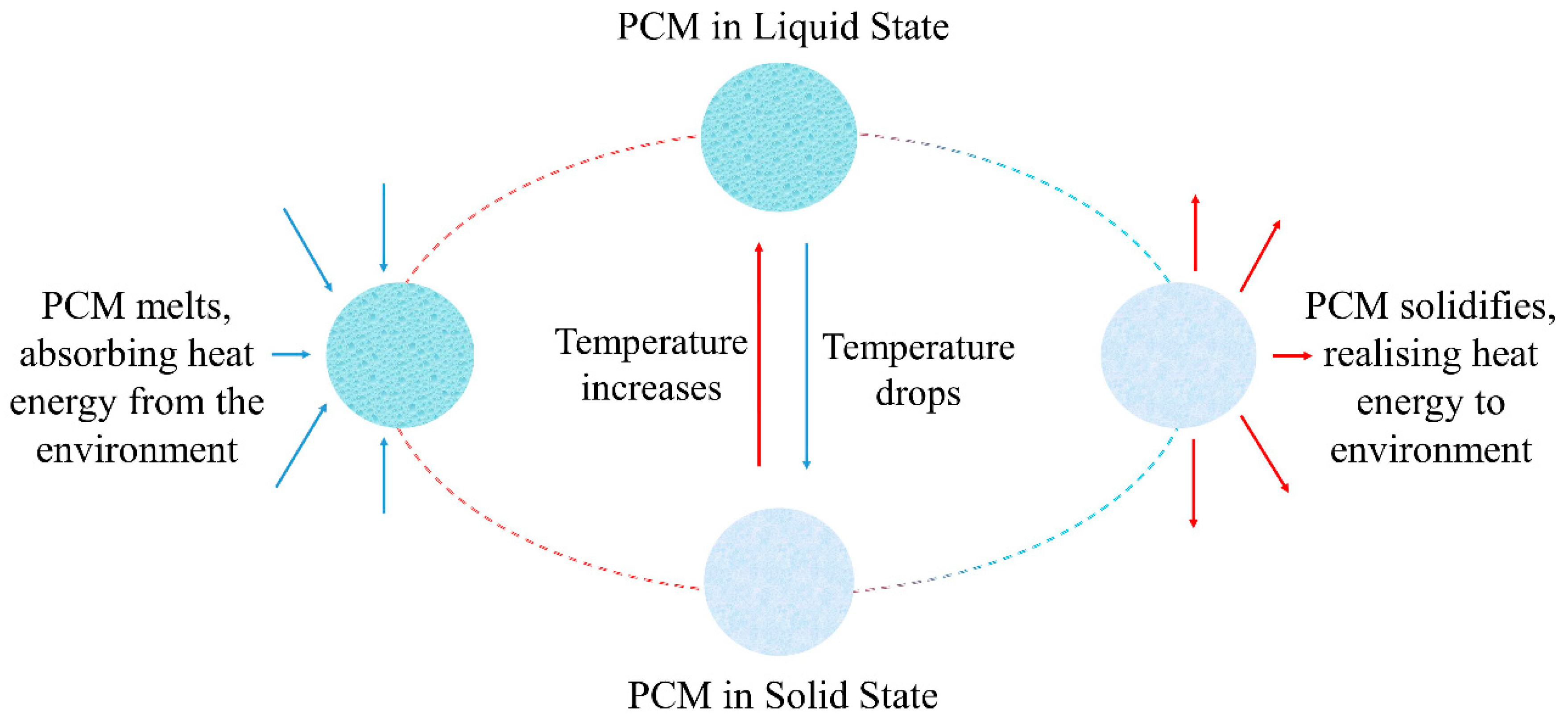
Materials Free FullText Phase Change Materials for Energy
Abstract Efficient and economical technology that can be used to store large amounts of heat or cold in a definite volume is the subject of research for a long time. Thermal storage plays an important role in building energy conservation, which is greatly assisted by the incorporation of latent heat storage (LHS) in building products.

Phase Change Materials in the Building Industry by Henk de Haan Issuu
phase-change materialPCM) is a substance which releases/absorbs sufficient energy at phase transition to provide useful heat or cooling. Generally the transition will be from one of the first two fundamental states of matter - solid and liquid - to the other.
fashioning a greenhouse Installation of phase change materials at AB
1. Introduction Modern infrastructures are required to satisfy increasing demands for enhanced sustainability, green economy, intelligent performance and extended longevity. This urges various developments in advanced and smart materials, design, manufacturing, and characterization techniques.
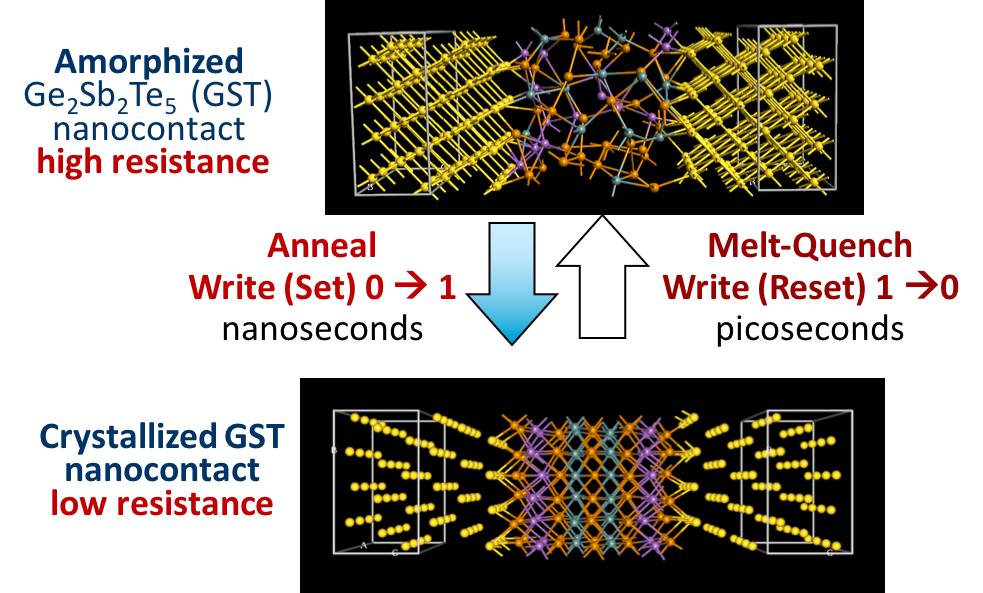
Phase Change Materials Branicio Research Lab
Phase change materials (PCMs) as thermal energy storage (TES) systems are potential due to their tailored thermal mass and heat comfort. These latent heat storage (LHS) materials possess extremely high energy storage density than conventional one.
The state of Phase Change Materials in Australian building design
This "phase change"—from a solid to a liquid and back again—looked like the foundation for a new family of building materials, a passive process that could moderate temperature swings and lower demand on heating and cooling systems. ThermalCore was announced at a Greenbuild conference in Phoenix in 2009.
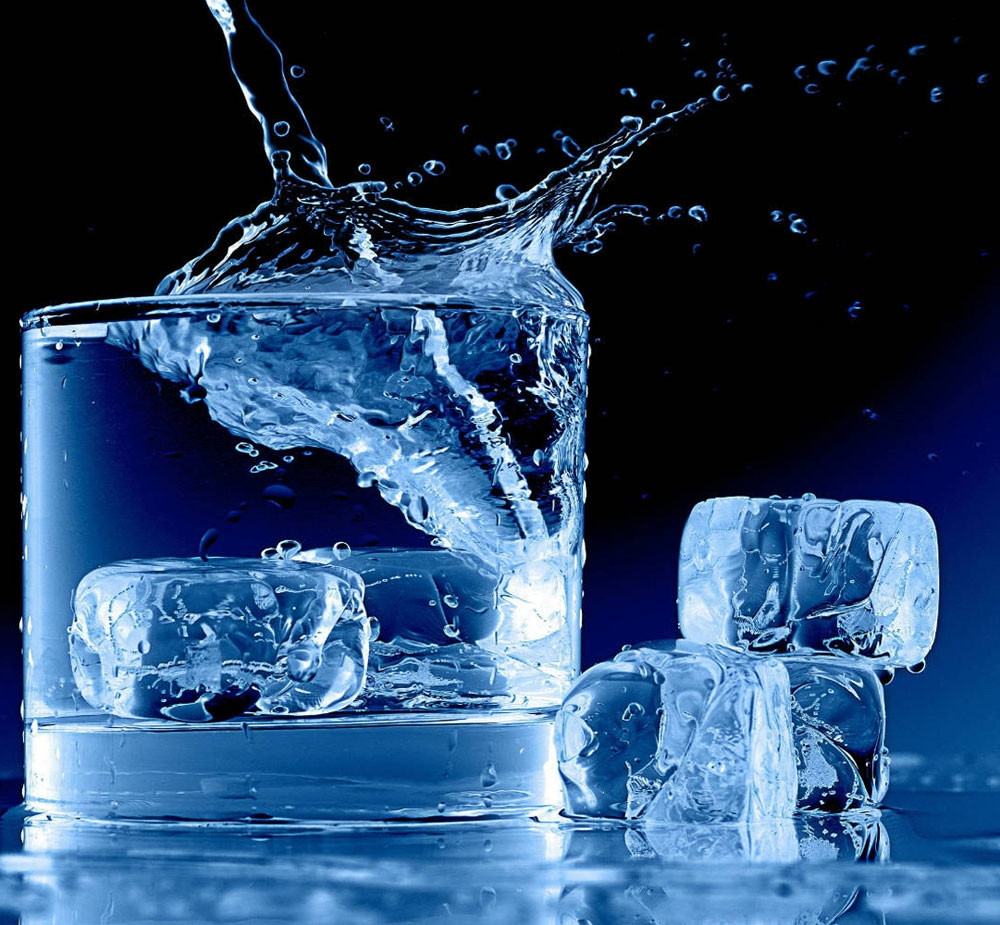
Phase Change Materials The Journal Sam Rodell Architects AIA
An anatomical operation of more than 100 documents (published between 2006 and 2016), on the behavior of storage systems integrating Phase Change Materials (PCM), covering a large number of configurations treatment and their applications in thermal comfort of buildings area, has shown that the information published in this topic are very diverse.

Classification of Phase change Materials (PCMs) Download Scientific
Phase change material-based building architecture for thermal management in residential and commercial establishments - ScienceDirect Abstract Introduction Section snippets References (32) Cited by (420) Renewable and Sustainable Energy Reviews Volume 12, Issue 1, January 2008, Pages 39-64
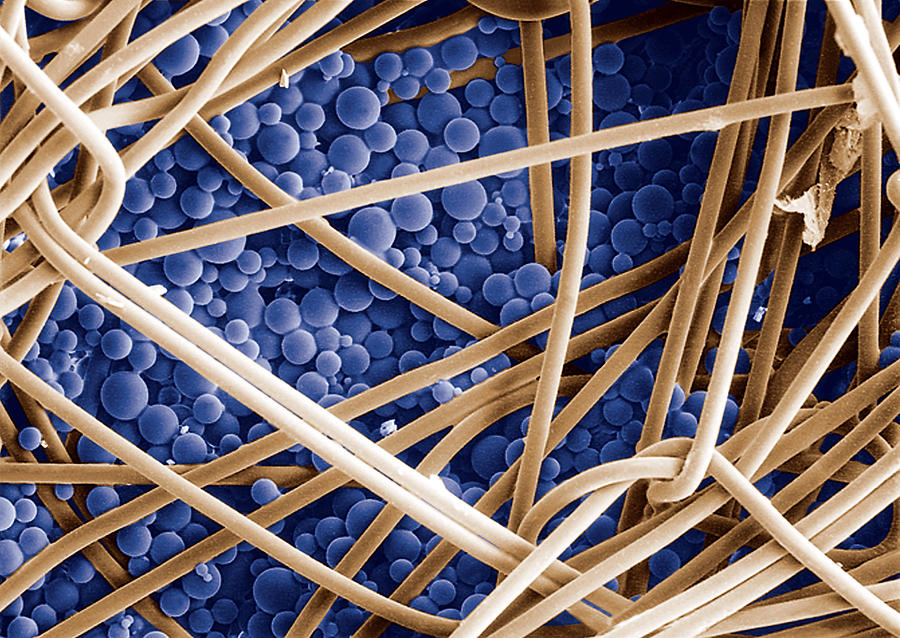
Phase Change Material, Sem Photograph by Outlast Technologies Fine
Phase-Change Material (PCM) Transition Cycle PCM stores the heat during the melting or charging phase and releases it during the solidification or discharging phase. This process helps control the need for energy consumption in buildings. Classes of PCM in Buildings PCMs used in building applications can be classified into two large classes:
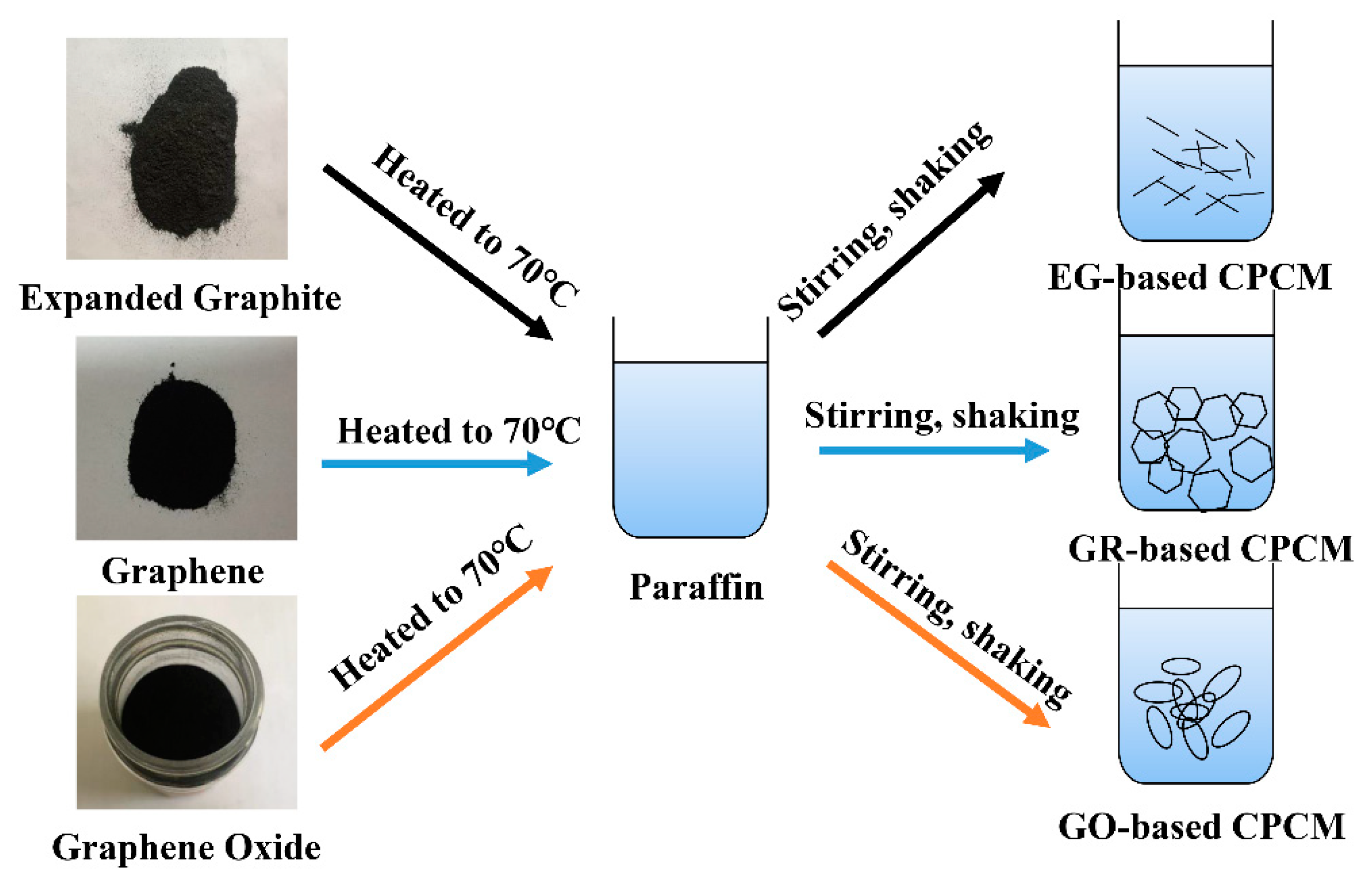
Processes Free FullText Preparation and Performance Analysis of
Phase-change materials (PCMs) and metal-insulator transition (MIT) materials have the unique feature of changing their material phase through external excitations such as conductive heating, optical stimulation, or the application of electric or magnetic fields, which, in turn, results in changes to their electrical and optical properties. This feature can find applications in many fields.

phase changing material flooring Google Search
The application of phase change materials (PCMs) in buildings have been found promising in improving overall building thermal performances. This chapter provides a state-of-the-art in applications of PCMs in buildings.
The state of Phase Change Materials in Australian building design
Phase change material (PCM) in commercial buildings save energy by actively absorbing and releasing heat. PCMs help maintain comfortable building temperatures with the potential to reduce peak sensible cooling loads and annual energy consumption in climate zones with enough variation in day and night time temperatures.
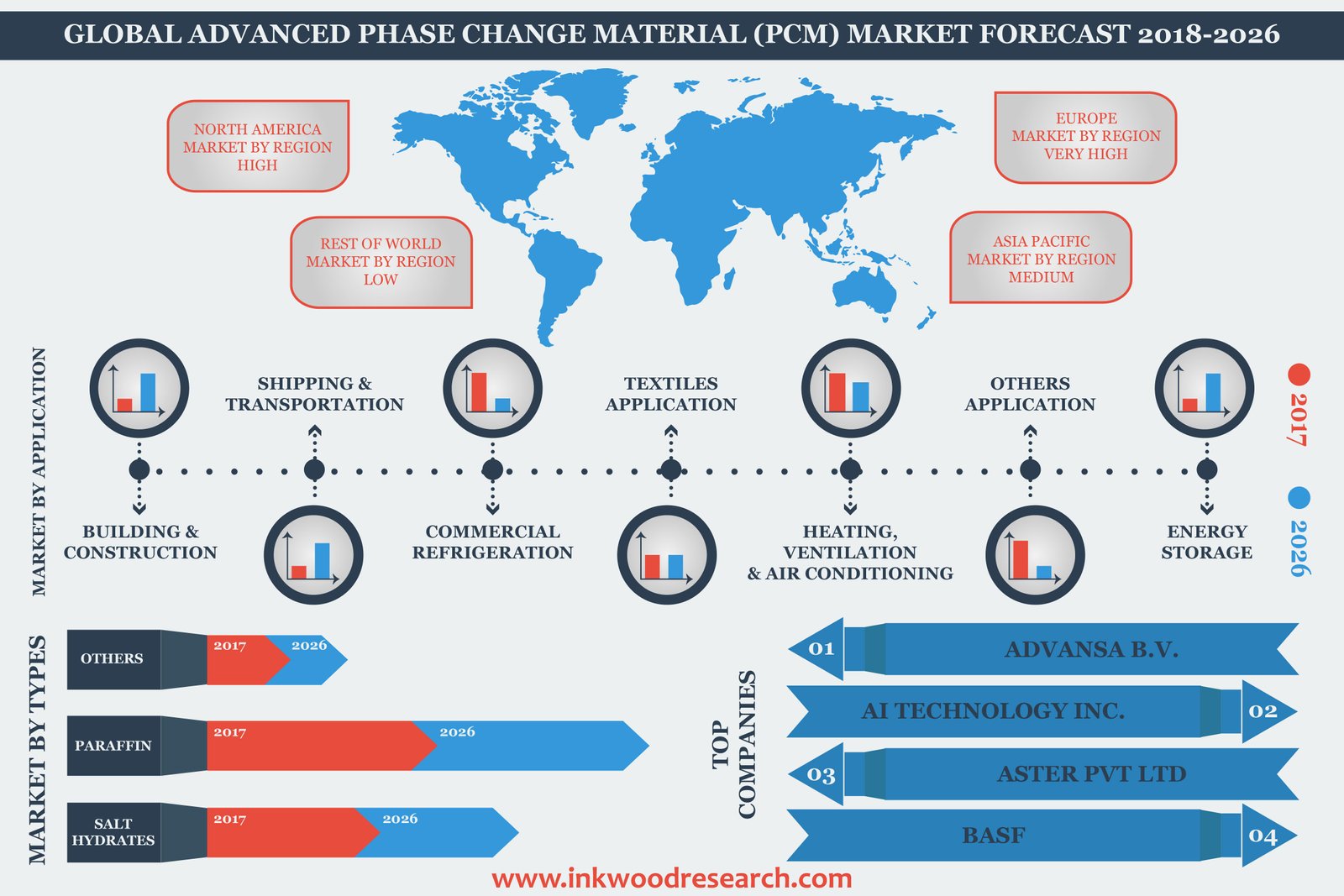
Advanced Phase Change Material Market (PCM) Forecast 20182026
Phase change materials (PCMs) have shown their big potential in many thermal applications with a tendency for further expansion. One of the application areas for which PCMs provided significant thermal performance improvements is the building sector which is considered a major consumer of energy and responsible for a good share of emissions.
The state of Phase Change Materials in Australian building design
This article presents a review on phase change material application situations in building, and several aspects are discussed: phase change material major applications in building, phase change material application areas, phase change material application types, phase change material thermal-physical properties, and phase change material applica.
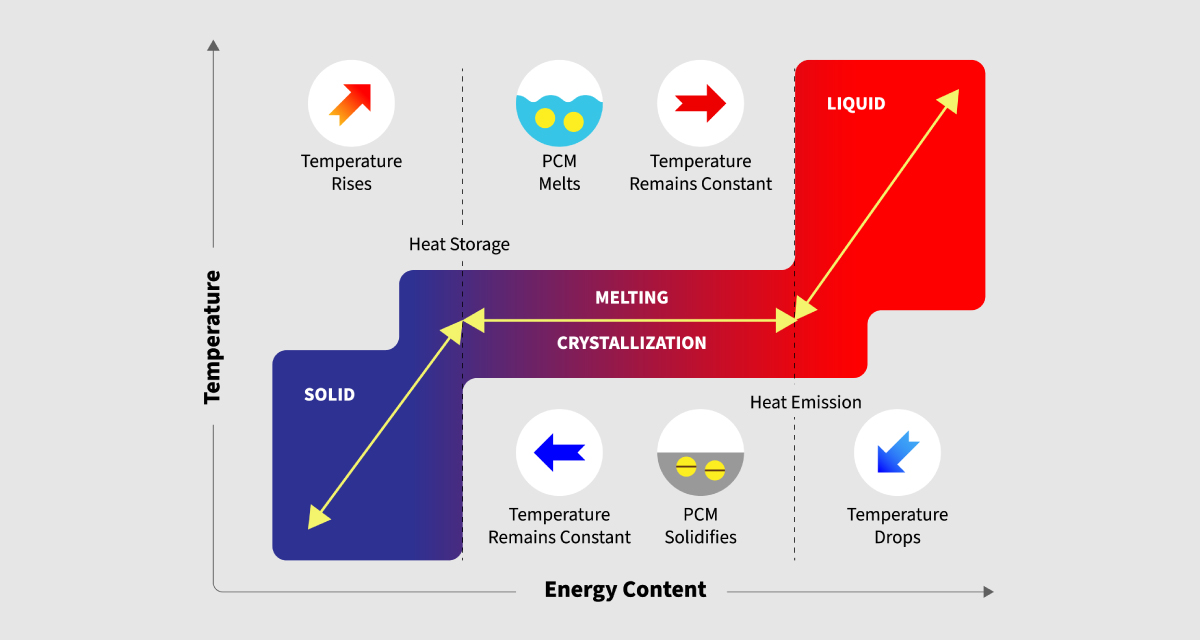
Phase Change Material (PCM) Thermtest Inc.
This paper presents a review of the latest developments on phase change materials (PCMs) for thermal energy storage (TES) applications in buildings. The paper provides information about material requirements for TES, classification of PCM, mathematical modelling and applications of PCMs. Keywords: thermal energy storage phase change material